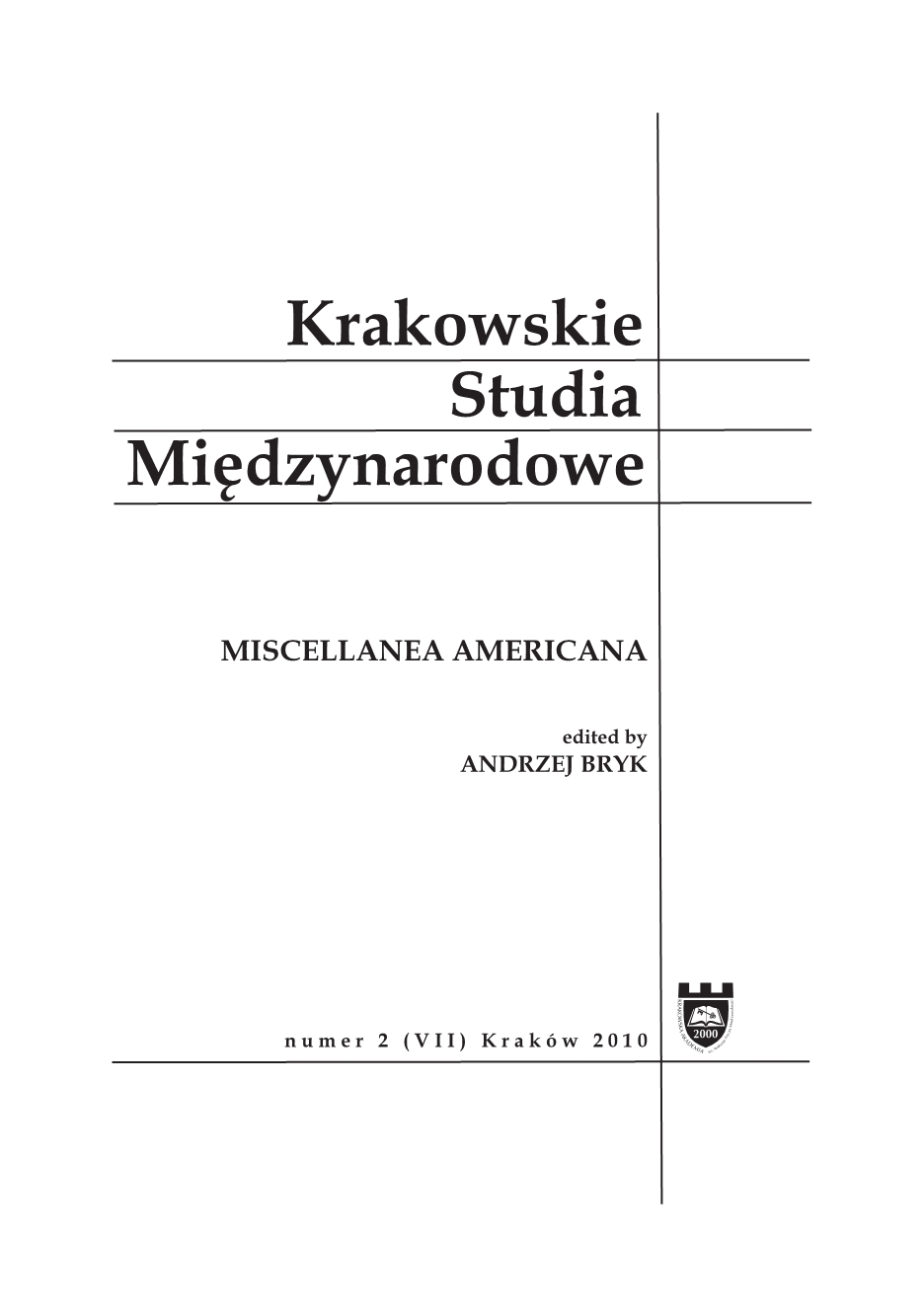
We kindly inform you that, as long as the subject affiliation of our 300.000+ articles is in progress, you might get unsufficient or no results on your third level or second level search. In this case, please broaden your search criteria.

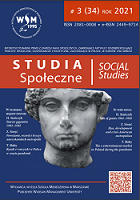
The article deals with the essence of the family Orthodox holiday. The festive family and household rituals of Ukrainians with its circular miseenscene and a ritual script is considered. The attention is focused on the worldview, socializing, axiological, ethical and aesthetic-educational functions of these components of the festive and ritual culture of our people.
More...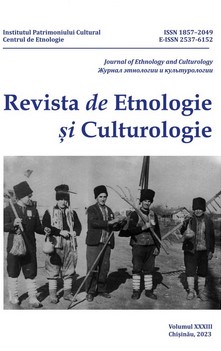
This article is devoted to the study and perception of tea and the tea culture of China by Russian missionaries and students of the Orthodox Spiritual Mission, who served in Beijing in the 19th century. Even in the large-scale works of Soviet and Russian orientalists’ little attention is paid to the issue of personal perception of the achievements of Chinese culture by missionaries. The author studied materials, including travel records, ethnographic notes and medical works of Russian missionaries of the 19th century: some of the above were published during the lifetime of the researchers, while some settled in the archives of Kazan, St. Petersburg and Moscow. The study found that tea culture at the beginning of the 19th century has not yet taken root in the Russian Empire, and the question of the benefits of drinking tea as a remedy and as an everyday drink remained controversial both among doctors and orientalist missionaries. This thesis is also confirmed by the personal records of missionaries, doctors and students at the Beijing Spiritual Mission. How-ever, works of a later time include a detailed study of tea culture in different regions of China, and there are also references to the tea trade in Russia and abroad, which confirms the thesis about the initial lack of data on tea and tea culture in China. Russian researchers, as well as the fact that half a century later, tea culture has become stronger not only in China, but also abroad, including in the Russian Empire.
More...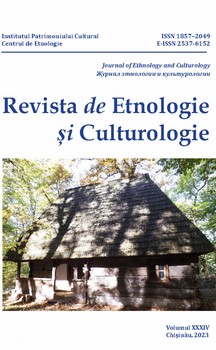
Review of Duminika Ivan. Church life of Bulgarians in Bessarabia (1812–1918). Scientific editors: Nikolay Chervenkov, Milko Palangursky; Institute of Cultural Heritage [etc.]. Chisinau: Lexon-Prim, 2023. 456 p.
More...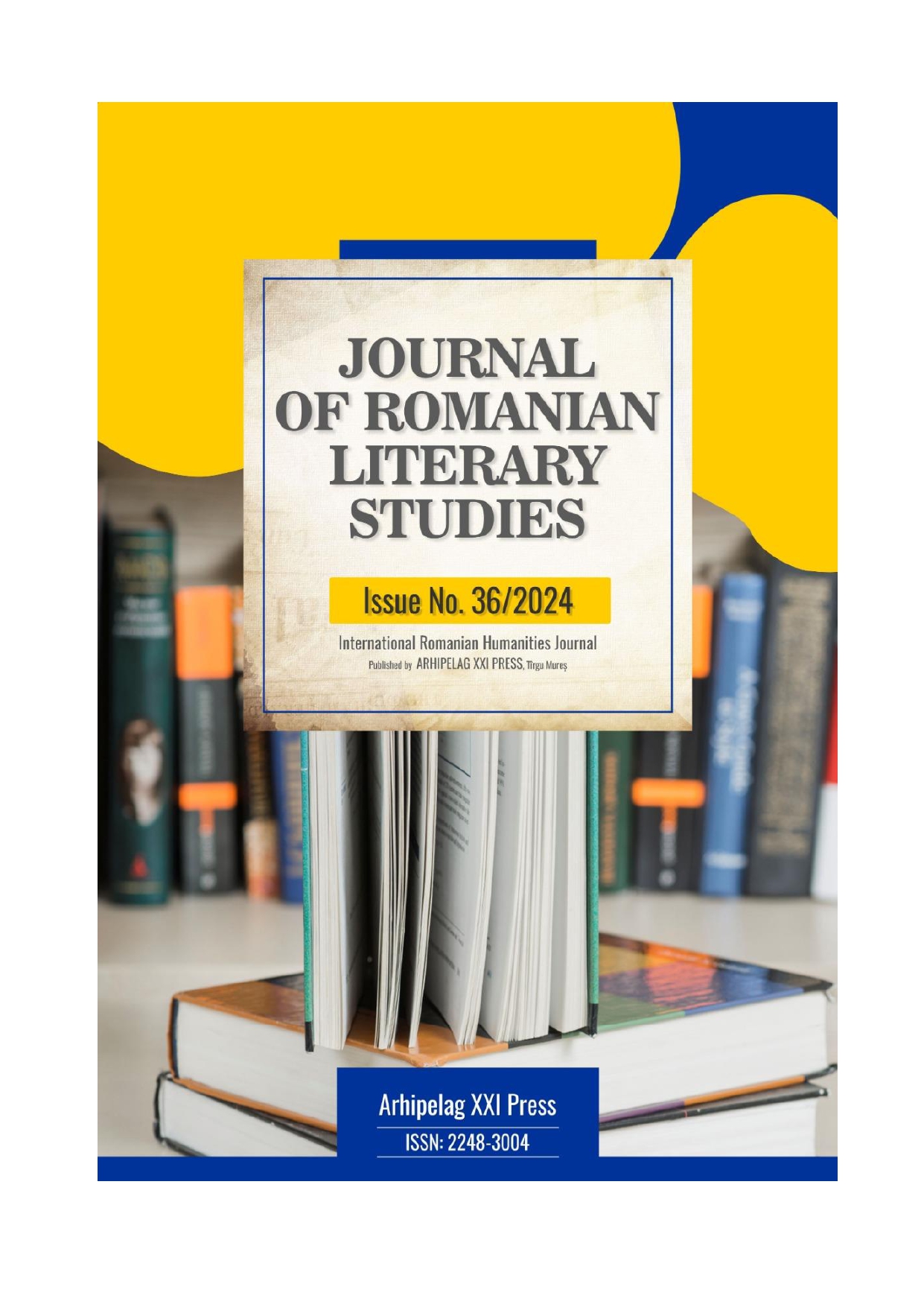
As for the end of history and the world as we know it, this is usually reinforced by the idea of justice, but an eternal and absolute justice that can only be provided by Someone Almighty, not a corrupt and unsatisfactory human justice. This sense of justice is found in all human beings throughout the ages, as evidenced by the many codes of law that have been developed over the centuries in an attempt to imitate divine justice. In the texts of the Holy Gospels, the Saviour gives us a much deeper understanding of the meaning of life after death. He emphasises the individual destiny of each person after death, moving away from the collective idea of judgement (of the whole nation) and giving each person a special value. Man is called to appropriate the resurrection of Christ in order to reign with him "a thousand years". But this co-reign will not be fully realized until the Second Coming of Christ, when the whole world will be purified and transfigured, but after the Universal Judgment, when eternal justice will be established.
More...
In the beginning, euthanasia signified the state of mind of the dying person to approach death and receive it with complete peace and serenity. Over time, she designated "the benevolent assistance that the doctor gave to the dying in order to relieve his pain" by reducing the feeling of fear and suppressing the pain. However, in the 20th century, this term was used to denote the act of causing the painless (early) death by doctors of a patient who, having no hope of recovery, wishes this kind of instant death. This article aims to give a theological response to the medical and social initiative to contribute to causing the death of a patient who has no chance of medical cure. The answer given is based on the view of Orthodox Christian teaching.
More...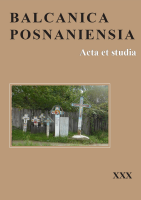
The aim of the article is to present the concept and actions taken by the Soviet diplomacy and the hierarchy of the Russian Orthodox Church to subjugate the Orthodox communities in the communist Balkan countries. The mechanism of the subjugation of the Balkan churches has been included into a comparative perspective and integrated into the broader concept of the Moscow Patriarchate towards gaining a leading role in the Orthodox world in the first years after the end of the Second World War. The process of dependency and its effects are reflected in diplomatic documents, but also in those produced by the Orthodox Churches themselves. The key element for gaining central position in the Orthodox world by Moscow was the organisation of anniversary celebrations and conferences to integrate the community and to involve it in the implementation of plans towards Soviet political domination. The results of these efforts were very limited in relation to ambitions outlined by the leadership of the Soviet state, revealing differing positions of the major patriarchates, as well as a real strength of authority and prestige that the Ecumenical Patriarchate invariably enjoyed.
More...
The birth of the Estonian Apostolic Orthodox Church (now officially Orthodox Church of Estonia) and political changes in 19th and 20th century Europe are inseparable from each other. As a result of the crumbling of great empires, new states emerged in north-eastern and eastern Europe along with corresponding new autocephalous and autonomous Orthodox churches. This article analyses the changes in Estonian ecclesiastical life in the context of the centralization policies in the late 19th century Russian Empire (i.e., Russification) and the dissolution of tsarist rule at the start of the 20th century. Particular attention is devoted to the activity of the Estonian Orthodox community in connection with the establishment of Estonian statehood in 1918, which in the 1920s gave rise to the Estonian Apostolic Orthodox Church. The events are placed in the context of similar processes in south-eastern Europe, with a focus laid on Estonian historiography while also examining the Russian approach to history, which continues to be rooted in the imperial tradition.
More...
The Orthodox Church of Finland found itself in a difficult situation after the war, when the Moscow Patriarchate began to demand that the Church of Finland return to its canonical jurisdiction. The Finnish Orthodox Church had joined the Patriarchate of Constantinople in 1923, because the connection with Moscow no longer worked. In addition, in the newly independent Republic of Finland, no organization could operate with an administrative connection abroad, and especially not in Moscow. The Russian Church was in a difficult situation after the Bolshevik revolution starting in 1917. A new era between the State and the Church began after the Second World War. At that time, Stalin assumed that the Russian Church could become a new factor of influence in Europe. Therefore, opportunities to operate abroad were restored to the Church. In connection with all this, the Russian Church wanted to bring the Finnish Church back under its power. There was a strong political purpose in the background. However, the project was never realized because the Finns doubted the project. Finland began to delay the issue, and Moscow eventually gave up its demands in 1957.
More...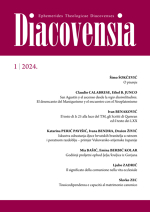
Il rapporto tra il testo masoretico (TM) nell’edizione del manoscritto di Leningrado e il testo greco della Settanta (LXX) nelle edizioni critiche di Alfred Rahlfs e Robert Hanhart ed anche di Joseph Ziegler è veramente complesso. È necessario analizzare i testi confrontando meticolosamente le diverse testimonianze testuali che sono giunte ai lettori di oggi attraverso la storia della trasmissione degli stessi testi. In questo contributo, dunque, l’autore presenta un’analisi del confronto tra il TM del libro di Isaia e le diverse versioni testuali del testo greco dello stesso profeta apportate dalle edizioni critiche del testo greco della Settanta. Più precisamente, analizziamo il testo di Isaia 25 alla luce delle diverse tradizioni testuali, sia ebraiche che greche, per vedere finalmente se possiamo parlare di diverse teologie che sarebbero presenti nei testi dei diversi manoscritti che prenderemo in considerazione quando si tratta del testo di Is 25.
More...
From the 10th century onwards, the Byzantine Empire’s coinage began to prominently feature the likenesses of the emperor’s chosen patron saints. Notably, early coinage depicted saints like St. John the Baptist and Archangel Michael, reflecting the personal convictions and aspirations of the reigning emperors. By the 11th century, as societal dynamics shifted and the Comnenian dynasty rose to prominence, images of military saints became increasingly prevalent. Fast forward to the 12th century, such depictions became standard on coins. This study delves into the representation of Saint Theodore on the coins minted during Emperor Manuel I Comnenus’s rule (1143-1180), aiming to draw connections between the Type C aspron trachy nomisma coins and the events of the Norman Byzantine war (1154-1158).
More...
Since the earliest civilizations, divination practices and occult fortune-telling manifestations have been an enduring component of worldwide culture. This disturbing phenomenon continues to proliferate today, gaining lots of appreciation, contaminating the values of traditional religion. The Romanian peasant subsists in a comprehensive perception, on the threshold between physical existence and spiritual consciousness. As a consequence of economic insecurity and social uncertainty, many inhabitants of the rural areas choose to preserve pagan beliefs and magic rituals, hoping to obtain knowledge about future events. It is certain that many occult expressions become normative for the believers and acquire a more important role than the religious cult itself. The present study targets to identify the most prominent forms of future prediction, favoured and accepted by the provincial population. It will be demonstrated that deception is almost always involved, leading to trickery and extortion of the simple-minded. Orthodox mission is consistently positioned against the occult, conservating the reasoning of the Great Fathers of Orthodoxy and many other Church scholars that counteredthe malpractice of divination.
More...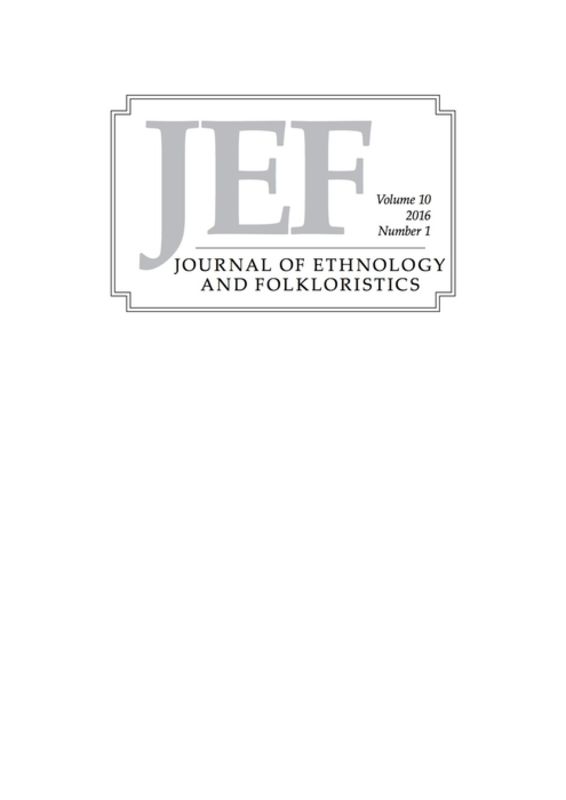
The article focuses on an analysis of the funeral and memorial rituals of the Ludian Karelians in the context of folk religion. For many years, rites of Orthodox origin were either viewed unilaterally or ignored altogether in ethnographic literature, with the reconstruction of ‘pagan’ elements being highlighted, which in turn gave rise to the theory of dual faith. According to the results of my research, the funeral and memorial traditions of the Ludians (from the late 19th to the late 20th century) are based on an Orthodox funeral system in which many aspects derived from a Christian basis found new interpretation. For example, the requirement to light candles was explained as lighting the way to the afterlife, the importance of making confession was so that the dying person’s sins would not attach to the living, and funeral services were to help the soul of the deceased ‘settle’, etc. The principal exponents of the funeral rituals, who ensured the successful transition of the soul to the next world, were representatives of the people: women who washed the body of the deceased, and lamenters, but the church priesthood nonetheless played a significant role in conducting the rituals. The priest’s participation is apparent at all stages of the funeral ritual, from confession to commemoration. Following the abolition of the institution of the church during the Soviet period, the functions of the priest were assumed by elderly women who knew the prayers and church burial traditions.
More...
This article focuses on the immediate near-death experience of an elderly woman living in traditional Vepsian culture. We analyse which universal, and which more culturally motivated features are present in her story narrated to us in 2018. We conclude that, despite the strong association with animistic beliefs in the informant’s everyday life, the experience is dominated by elements specific to vernacular Orthodox Christianity. The article presents a translation from Vepsian of a fragmentary personal experience narrative.
More...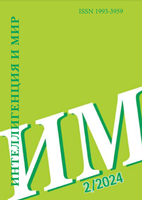
The article is devoted to the problem of personal spirituality, which is becoming increasingly relevant against the background of manifestations of cruelty, intolerance, and indifference in modern society. These negative phenomena indicate a notable decrease in the level of culture and a change in moral guidelines in people’s minds. The author emphasizes that Russian Orthodox culture is inextricably connected with spirituality, with the tradition of spiritual and moral formation of a person. The research methodology is based on the unity of philosophical and cultural, cultural-historical and system-analytical approaches. The method of historical analysis of cultural values accompanying the process of spiritual development and transformation of a creative personality is also used. The work of Orthodox artists is especially important for saving of the spiritual traditions of Russian culture. With their creativity, they try to convey to people a sense of the greatness of the Russian soul, the beauty of the world, to help them see and realize the true values of existence. The article reveals the enormous spiritual and moral potential of the personality of the hereditary Palekh iconographer and artist Pavel Dmitrievich Korin, whose entire work reflects the deep spiritual world of Russian Orthodox people and is imbued with love for the Russian land. The characters of P. Korin’s paintings are personified with the best qualities of the Russian soul: love, mercy, compassion, chastity, patience. Pavel Korin’s creative heritage has not only artistic value, but also socio-cultural significance, contributing to the introduction to the spiritual values of Orthodoxy, the formation of moral ideals among the younger generation. Russian national artist P. D. Korin is an example of the greatness of the Russian soul, the keeper of the traditions of Russian culture.
More...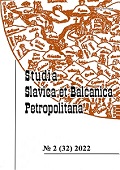
The theory of Moscow as the Third Rome, defined five centuries ago by the monk of the Pskov Eleazar Monastery Filofei, is considered as one of the most identifiable literary images of Russian history. At the same time, there is an incredible dispersion of appraisals and opinions in its perception and comprehension - both among professional historians, philologists and philosophers, and in public discourse. This Commentarii / Статьи concept has been seen and continues to be seen at various epochs and up to the present day as the key to guess a riddle of the Russian national character and the embodiment of Russia’s age-old hostility towards the West, a mystical epiphany about its soteriological mission and the doctrine of the world domination of the emerging empire. Some scholars consider the theory of Moscow as the Third Rome to be a kind of quintessence of «Russianness», others - a reflection of common Christian and pan-European ideological trends; some investigators look at Filofei as a brilliant thinker-innovator, others completely deny him any creative singularity. On this basis, we have invited experts in the history of Russian political thought to answer the following questions: how unique is the theory of Moscow as the Third Rome, and is it exclusively a fruit of the Russian medieval intellectual environment, to what extent can monk Filofei be considered the author of the theory of Moscow as the Third Rome, what is the fundamental novelty of his concept does it mean that Filofei’s theory did not receive a response among his contemporaries, and if so, why, what are the similarities and differences in its understanding by Filofei himself and people of those epochs when receptions of this idea were undertaken - in at the end of the 16th and 17th centuries, in the 19th century, in contemporary times, and etc.
More...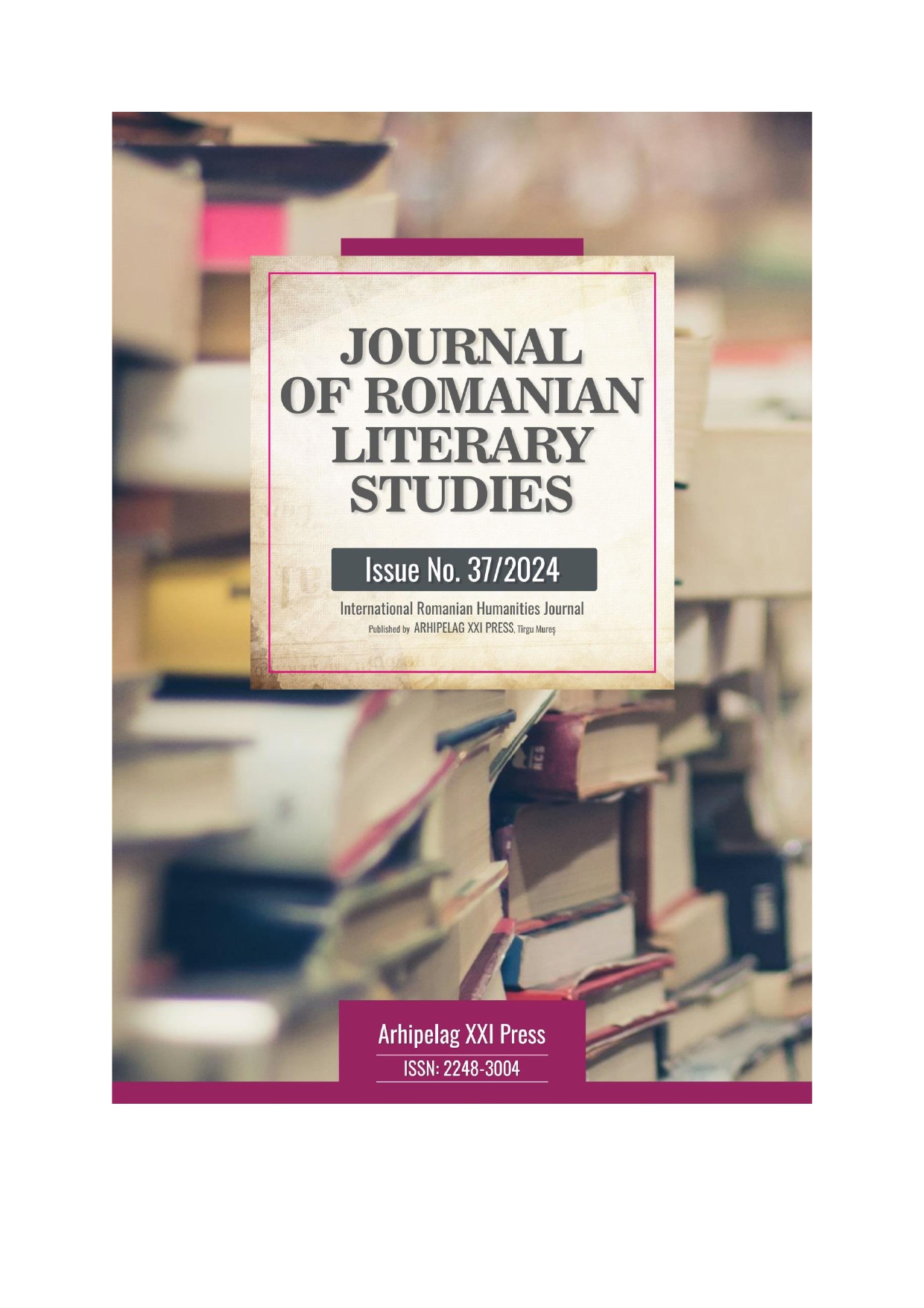
One possible cause of the relativization of the Orthodox world's interest in the writings of the the Catholic theologians' assimilation of St. Theodore Theodorus andamong the great defenders of the papacy and its prerogatives. Thus, Catholic theologians, who are also the most zealous in researching his work, do not hesitate for a moment to present Saint Theodore as a great and ultimate defender of the pontiff the Roman pontiff, of the independence of the Church from the State before the great rupture between East and West.
More...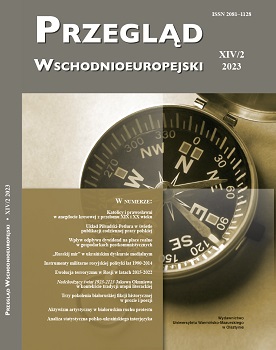
The article is an attempt to determine to what degree historical anecdotes can be used in scientific historical research. Several selected anecdotes relating to denominational and religious issues occurring in the Taken Lands at the end of the 19th and at the beginning of the 20th century are analyzed. The author shows that this type of information can only be of a supporting nature in scientific research. Nevertheless, they cannot be omitted because they are valuable research material for the personal characteristics of given historical figures.
More...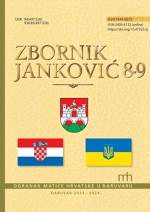
The article presents selected information on the process of colonisation and total number of orthodox parochies in Daruvar area: Bastaji, Bijela-Borki, Brestovac, Podborje (Daruvar), Doljani, Uljanik, Cjepidlake, Trojeglava, Klisa, Sirač i Grahovljani at the end of the 17th and during the 18th century. After occupation of territory around Stupčanica and Dobra Kuća, the Ottomans, most probably, came upon a few natives. Presumably, soon after the establishment of Ottoman rule on this territory, the process of its colonisation had begun, mostly with Orthodox population starting from Cjepidlaka through Bastaj and Batinjan, i.e. Stupančica and Dobra Kuća, following towards Podborje, Golubinjak and Kričko brdo. The Orthodox Wallachian population became majority so there is no wonder why this territory, inherited from the Habsburgs, became known as The Little Wallachia (Parva Valachia). It seems like that, from the start of colonisation until the end of the 18th century, villages like Vrijeska, Markovac, Pakrani, Bijela, Borki and Bastaji reflect continuity of inhabitants. Some villages were abandoned temporarily like Batinjani from 1682 until 1688, Golubinjak from 1683 until 1688, Cjepidlake from 1684 until 1686 and from 1687 until 1690 Puklica, Potočani and Koreničani. The Orthodoxes left Dobra Kuća, settled back again in 1700. Sređani, Podborje, Doljani, Vrbovac, Karanovci and Miljanovci were populated at the beginning of the 17th century, a few decades later Kip, Šibovac, Grahovljani, Uljanik, Brestovac i Trojeglava, after which the network of populated villages had been framed, in most part able to hold out until today. The formation of this network was accompanied by increase in population so, from the end of the 17th until the end of the 18th century, the number of Orthodox households had risen from 338 to 1 016 in only eight decades. Relatively strong increase occurred at the end of the 17th and the beginning of the 18th century when the colonization process and founding of new villages had begun. Until 1730 the increase was small, until 1750 it accelerated a little only to become most frequent in 1779 when Janković family ruled the manors of Podborje, Daruvar and Sirač along with introduction of agricultural innovations and other modernisation processes. As is worth saying, in this period the climate conditions were most favourable.
More...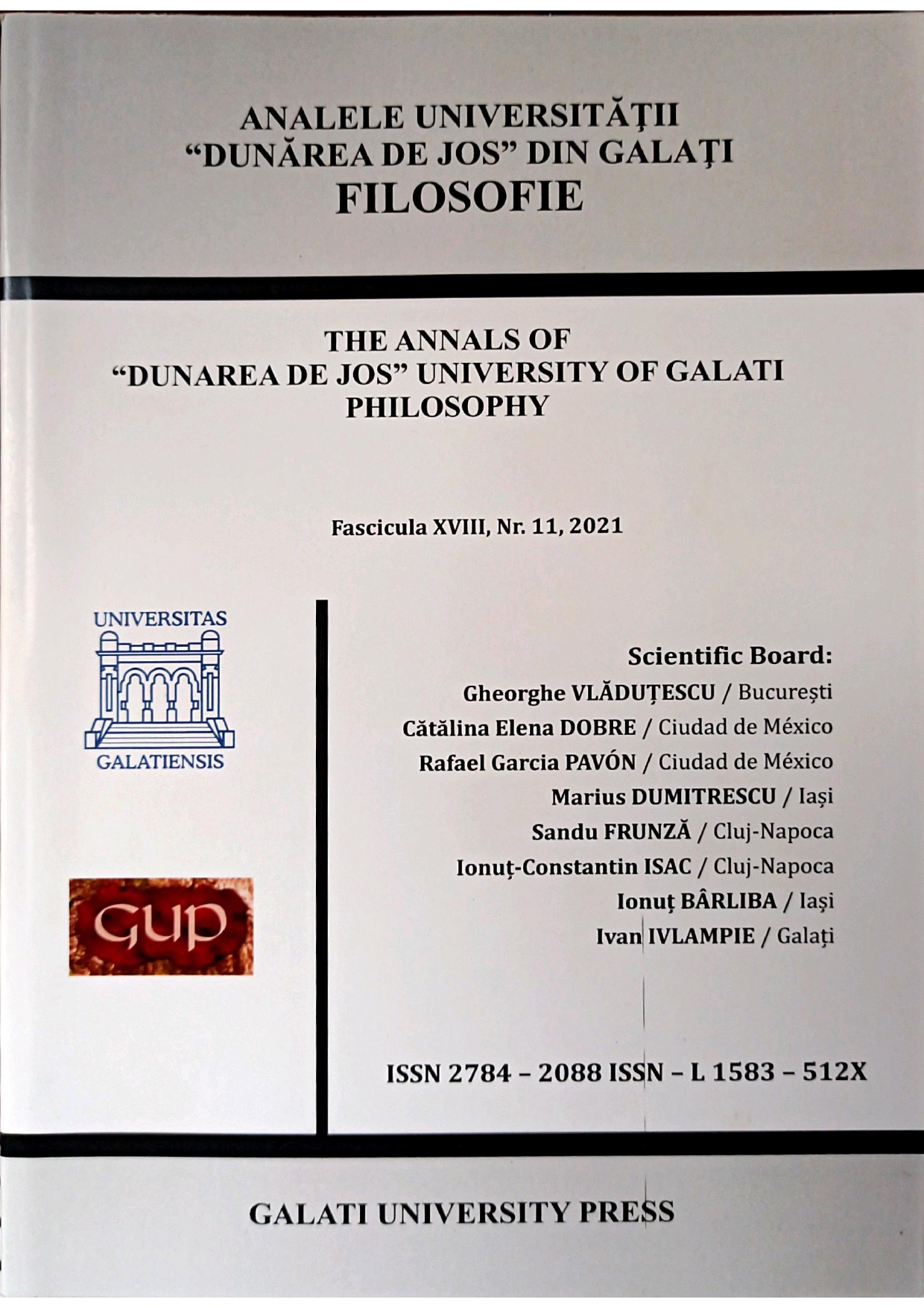
Faithful to the divine Revelation, the Orthodox Church fully values the deified human being by the uncreated grace of the Holy Spirit and ennobled through the transforming ascetic efforts. From this perspective, as a strictly personal opinion, we have to reject the utopia of the enhanced man. This fatal utopia is the fruit of an entire evolution of the main myths of the Modernity. Thus, the myth of efficient reason becomes in Transhumanism the myth of the Artificial super-intelligence, the myth of the technological progress becomes the myth of the endless progress, an ideology of the progress, and the myth of the Superman becomes the myth of the improved man.
More...